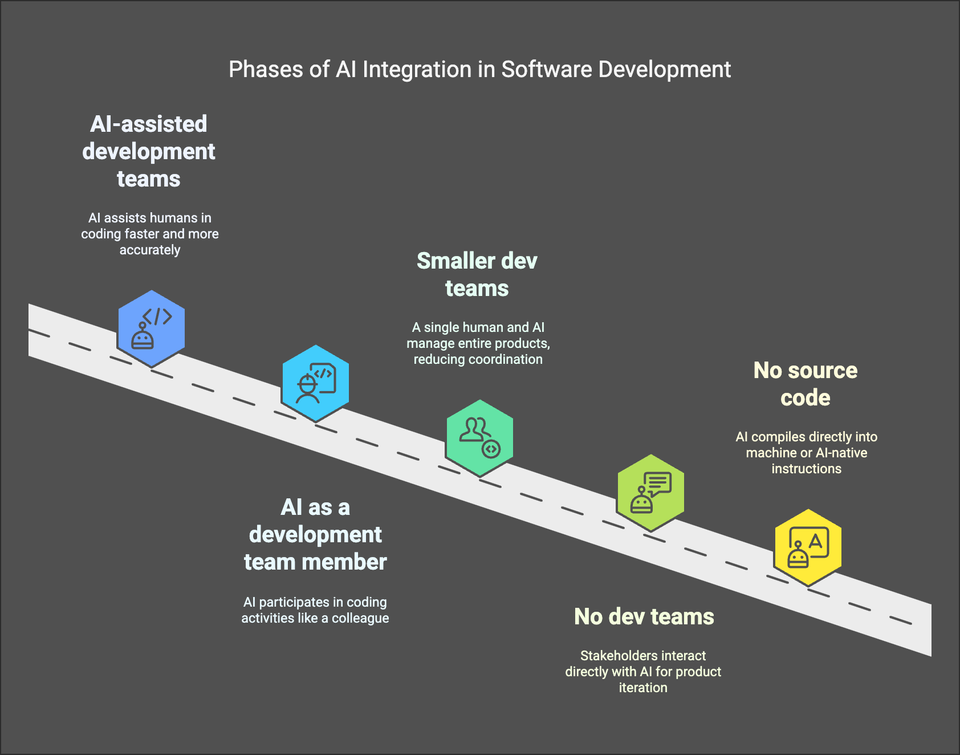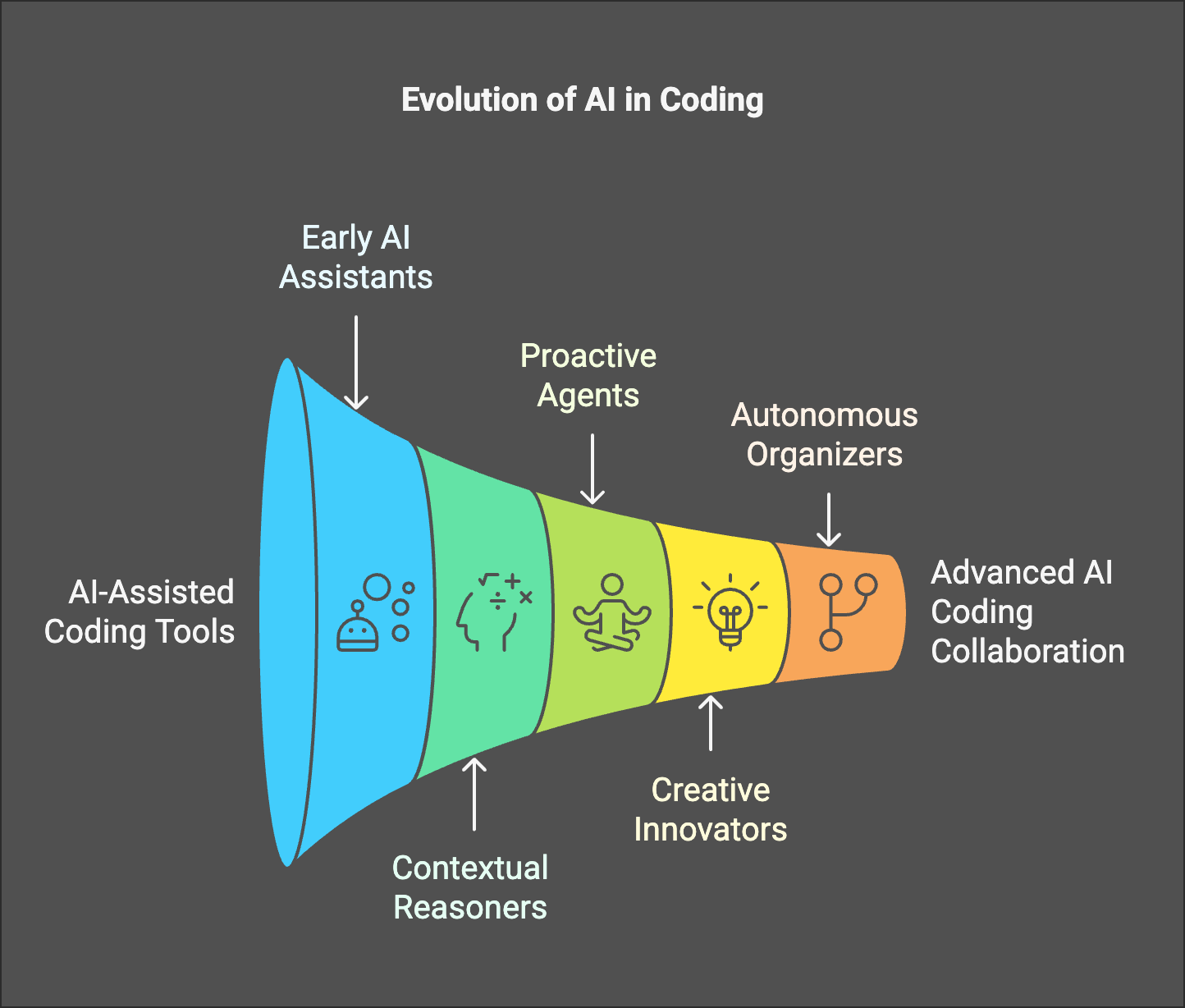AI Dungeon Masters, Fan Labor, and the Future of Actual Play: Navigating the Uncharted

Artificial intelligence continues to push the boundaries of game design, storytelling, and creative collaboration. Recently, a research paper surfaced documenting an attempt to use ChatGPT as a Dungeon Master (DM) for Dungeons & Dragons. This experiment — by graduate student Pavlos Sakellaridis — used transcripts of Critical Role episodes (originally created by fan volunteers) and proprietary content from The Sunless Citadel module as training data. It’s a fascinating development that raises questions about ownership, consent, and the evolution of tabletop role-playing games (TTRPGs).
But beyond the thorny legal aspects, there’s something else going on here: the intersection of creativity, technology, and the crowdsourced passion that underpins the TTRPG community. As indie hackers, storytellers, or just fans of new ways to play, we can peer into this scenario to glean fresh insights, not just about lawsuits or licensing, but about the broader future of interactive entertainment.
1. The Draw of AI-Driven Adventure
In an age where generative text tools are more accessible than ever, the concept of an AI DM can sound like a dream come true. Imagine an infinitely patient and always-available DM capable of weaving intricate plots at 2 a.m., unflustered by last-minute schedule changes. In Sakellaridis’ study, ChatGPT was tasked with maintaining “narrative coherence and fostering player involvement.” That target is bold: TTRPGs hinge on real-time improvisation and collaboration, something that normally requires an attentive human mind.
For indie hackers, the idea of harnessing AI for dynamic, user-driven experiences opens up endless possibilities. Whether it’s building interactive fiction, text-based role-playing tools, or other collaborative story platforms, we can see the allure. The study underscores that AI DMs are not only feasible, but might eventually deliver something approximating a genuine tabletop experience.
2. Fan-Driven Data: The Double-Edged Sword
Much of the research used volunteers’ transcripts of Critical Role, a show that has become a cultural phenomenon. On one hand, these transcripts are community gold: meticulously tagged by speaker and timestamp, providing a treasure trove of real-play data. On the other hand, these transcripts exist in a nebulous legal realm. They are created by passionate fans, not the Critical Role team or official licensees. So when they’re repurposed for AI training, serious questions arise:
- Consent and Ownership: Is it fair to use fans’ labor (and performers’ content) for training without explicit permission?
- Impact on the Community: Does AI-based re-use of such transcripts undermine the spirit of volunteer-driven archives?

For an indie hacker, this highlights a cautionary tale about data sourcing. Whether you’re building a startup that employs crowdsourced information or an AI-driven product that references fan work, you must understand both the ethical and communal implications of your data pipeline. Sometimes, the intangible “goodwill” of a community can be as crucial a resource as the data itself.
3. Beyond Legal Battles: The Heart of Creativity
Yes, there are legal entanglements here—some of which may take years to unravel in courtrooms. But for many TTRPG enthusiasts, the true heart of the debate lies in the nature of creativity.
A GM (or DM) often draws from a vast mental library of lore, stories, pop culture references, personal anecdotes, and yes, other people’s creative works. Most creative endeavors take inspiration from outside sources. The real question is: When does this cross a line? Is an AI that imitates a style or voice truly diminishing the original creator’s work—or is it a novel remix that can inspire new forms of play?
From an indie hacker perspective, the question becomes: How do we build responsibly while acknowledging that almost no creation exists in a vacuum? This requires transparent acknowledgment of your sources and a willingness to engage with your community to understand whether your project resonates positively or negatively.
4. Intriguing Paths Forward
Rather than locking ourselves in a binary debate, consider these thought starters:

- Permission-Based Archives: Could a platform exist where volunteers and creators explicitly opt in (or out) of having their work used for AI training? For TTRPG fans, it might be a way to control how fan labor is shared.
- Community-First Tools: Building AI DMs that integrate disclaimers, attribution, and clear licensing. This fosters trust and goodwill. Imagine an “open credits” system where the AI references its data sources during play.
- Enhanced Co-Creation: Instead of viewing the AI as a replacement for the human DM or the original content, see it as an enhancement tool—a creative assistant that helps in brainstorming, summarizing, or generating NPC dialogues.
- Preserving Transcripts Ethically: As volunteer-run transcript archives come under threat, the TTRPG community might explore decentralized archives, ensuring preservation efforts are not only legal but also recognized by creators.
5. What It Means for the DIY Spirit
One of the greatest appeals of TTRPGs is their do-it-yourself spirit. Fans build homebrew worlds, unique campaigns, and custom rules. The ability to use AI as a creative accelerator taps into that ethos—rather than overshadowing it, it could empower fans and creators alike to push the boundaries of storytelling.
But it all comes down to how we handle the building blocks of this technology. Do we cultivate an open, community-minded approach that respects both legal frameworks and ethical considerations? Or do we adopt a wild west attitude, ignoring potential fallout?
Conclusion
The AI DM experiment underscores a powerful trend: our creative practices, whether hammered out at a table with friends or built in code as indie hackers, remain shaped by communal efforts. Tread lightly, but don’t shy away from the excitement. The TTRPG world offers a microcosm of the wider tech debates: fan labor meets corporate boundaries, and volunteer passion intersects with official guidelines. For us, the real takeaway is the importance of balancing innovation with respect—for our sources, our community, and the human element at the heart of every story we tell.
In short: the future of AI in TTRPGs is bright—provided we remember that good storytelling and community trust will always outshine the raw capabilities of any new tech. It’s a collective effort, bridging the gap between bold experimentation and thoughtful stewardship of the things we love.



